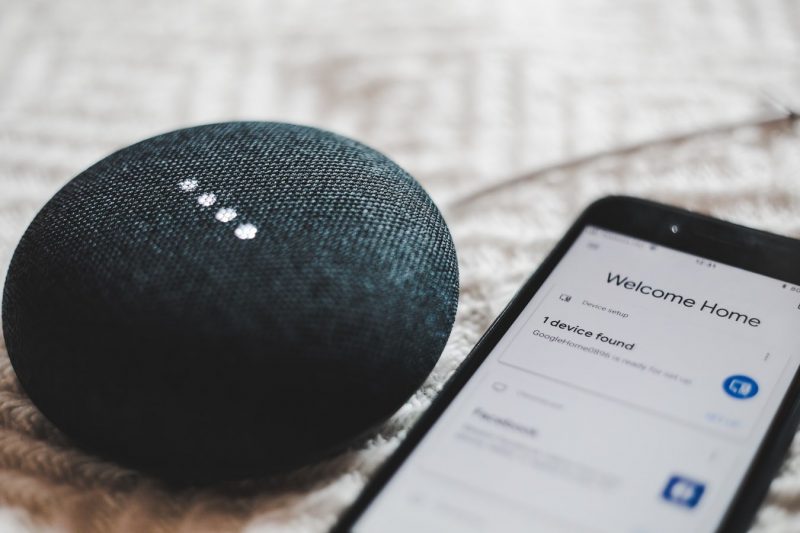IoT means Internet of Things. It refers to the network of physical objects, which have an IP address for internet connectivity. IoT solutions feature communication that occurs between these objects and other Internet-enabled devices or systems.
IoT involves extending internet connectivity beyond standard devices, such as desktops, laptops, or smartphones to a range of traditional physical devices. You may monitor and control them remotely.
Did you know that the number of IoT products have surpassed a huge number of humans on this planet? There are more than 7.62 billion humans living on our planet, but by 2021 with an increasing number of IoT devices, there may be around 20 billion IoT smart devices.
In this post, we explain what IoT devices are and describe some of the interesting Internet of Things examples.
Contents
What Are IoT Devices?
Logically, we should start our introduction of IoT devices with the common definition. An IoT device is typically hardware with a sensor that transmits different information from one place to another over the Internet.
There are different types of IoT devices including wireless sensors, software development solutions, actuators, and computer devices. You can find them embedded in your mobile device, personal medical device, industrial equipment, environmental sensors, and so on and so forth. Smart IoT devices are able to provide essential insights that lead businesses to efficiency gains, cost reductions, and new strategic opportunities.
IoT security is one of the most important issues of IoT device development. Unsecured IoT devices are an attractive backdoor into an otherwise secured enterprise network. Companies need to have an IoT device management platform to securely deploy, connect, and maintain such devices.
Why do we need IoT devices?
IoT devices are useful for various businesses, whether they transmit environmental data from a manufacturing facility, insight into transportation logistics, important info about a patient’s medical device, or data from smart home solutions.
Using any Internet of Things device, companies can easily and securely provision, deploy, manage, and update devices across the enterprise network. It also assists in tracking the ever-growing number of connected devices.
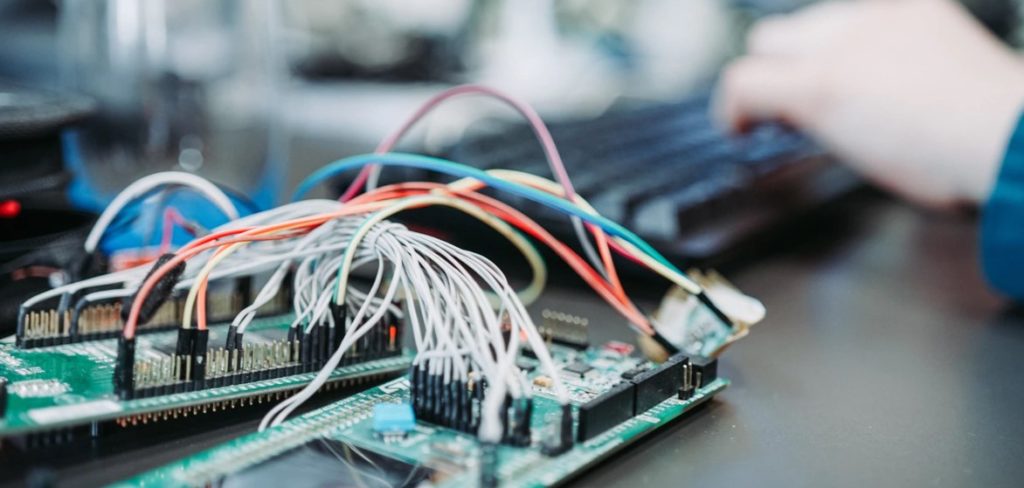
What are the advantages of Internet of Things devices?
- They encourage the interaction between devices.
- Integrate with information that is more technical.
- Provide advanced automation and control.
- Have increased efficiency.
- They possess strong monitoring features.
- Help to save money by reducing manual tasks.
- They save a lot of time.
- Provide excellent features to make a better quality of life.
What are the disadvantages?
- IoT devices do not have international compatibility standards.
- Privacy and security breach may affect them.
- They may become highly complex resulting in failure.
- They reduce safety for users.
- They may take control of life in due course of time with increasing AI technology.
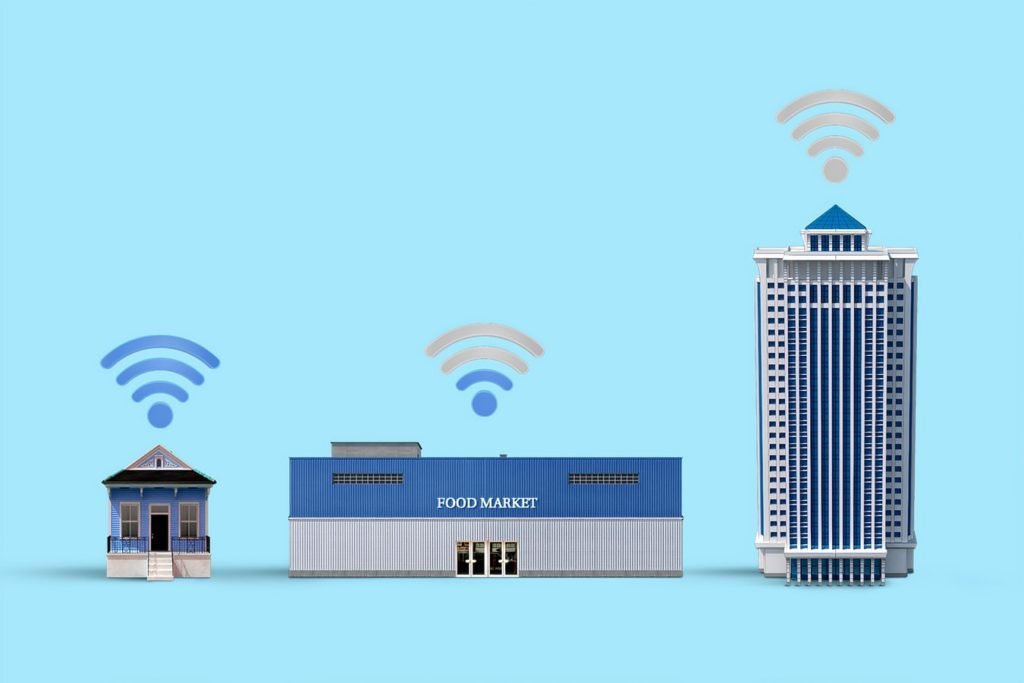
What are Examples of IoT Devices Use Cases?
If you want to learn more about the actual uses of IoT in different industries, our following list will be really helpful. Check it out exploring smart home, wearable devices, and other options.
Smart home
One of the most efficient applications that stands out among all IoT systems is the smart home. It ranks the highest IoT app on all channels. Every month, the number of people searching for smart homes increases by about 60K users.
The database of smart homes for IoT analytics contains more than 250 companies. Many global businesses are now actively involved in smart homes, as well as similar apps in the field. The amount of funding for smart home startups permanently grows at a rapid rate.
Smart city
This is a great innovation that pans a variety of use cases, from traffic management and water distribution to environmental monitoring. The reason why Smart City is so popular is that it tries to remove vivid problems and discomfort from people who live in cities. Such solutions solve different city-related problems, including reducing air and noise pollution, traffic, and helping to make cities safer.
Connected car
This technology is an extensive network of multiple sensors, embedded software, and technologies that assist in communication to navigate in daily routine stuff. It is responsible for making decisions with accuracy, consistency, and speed.
Wearables
Wearables is also a hot topic among potential IoT funs. For example, many consumers all over the world every year await the release of the latest Apple smartwatch.
Besides, there are so many other wearable devices that make our life easier. Let’s just remind the Sony Smart B Trainer or LookSee bracelet.
Smart grids
Smart grids represent another area of IoT systems that stand out. They are aimed to extract data on the behaviors of consumers in an automated fashion to improve the efficiency, reliability of electricity distribution, and economics.
Smart retail
Retailers also actively use IoT technologies across a number of apps that improve store operations, reducing theft, increasing purchases, enabling inventory management, and so on. With the help of IoT, retailers are able to compete against online challengers more strongly. They can attract clients making it easier for them to buy more while saving money.
Industrial Internet
Just look at connected machines and devices in power generation, gas, oil, or healthcare industries. Technologies embedded with the IoT tend to include such devices as smart home appliances or fitness bands for heart monitoring. These IoT systems are functional and easy to use but are not reliable because they do not usually create emergency situations if downtime was to occur.
Digital Health/Telemedicine
One more example of IoT devices relates to various apps in healthcare from remote monitoring equipment and smart sensors to equipment integration. These solutions are aimed to improve how physicians deliver care and keep patients healthy. With their help, patients may spend more time interacting with their doctors, which can boost patient satisfaction and engagement.
Smart farming
As many farming operations are usually remote, this can be monitored by the IoT and can revolutionize the way farmers operate. This innovative solution remains one of the IoT apps that should not be underestimated. Smart farming may become an important application field, especially the agricultural-product exporting countries.
Smart supply chain
Supply chains assist in solving such problems as tracking of goods while they are on the road or helping suppliers exchange inventory info. Being empowered with IoT solutions, factory equipment that contains embedded sensors can communicate data about different parameters, such as temperature, pressure, and utilization of the machine.
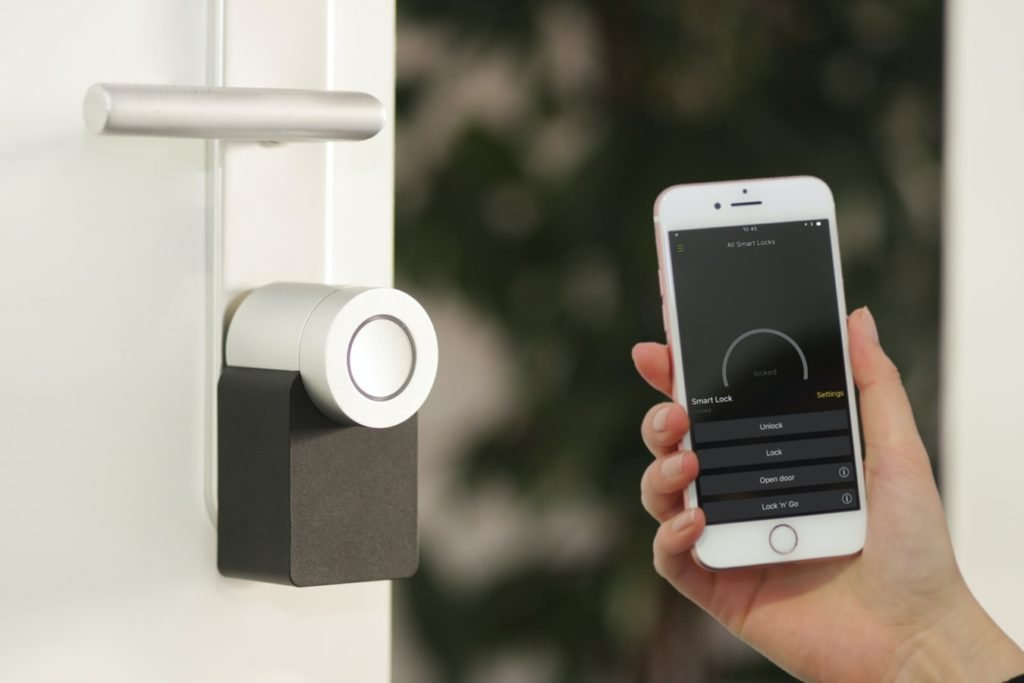
What are the best IoT devices?
Let’s remind just some of the relevant Internet of Things examples, to let you know that you can find them everywhere in your daily life.
- Biotricity Bioflux is an ECG monitoring device that allows physicians to keep track of their cardiac patients 24 hours a day. This is one of the healthcare IoT examples.
- Google Home Voice Controller is a smart IoT device that will allow you to enjoy such features as media, alarms, thermostats, lights, control the volume and much more functions just by their voice.
- Amazon Dash Button is another smart device that is connected over internet Wi-Fi. It makes sure that the user does not lack important household items like soft drinks, medical and personal care, grocery material, kids, and any pet items ever again.
- Footbot Air Quality Monitor is a handy IoT device helpful in measuring indoor pollution and leads to improved air quality in houses, workplaces, and indoor public spaces.
- Nest Smoke Alarm is a reliable IoT device that thinks, speaks, and alerts your mobile phone about any un-wanted emergencies in your home.
- FitBit is a market leader crafted for wearable fitness and health trackers. There is a wide variety of styles and colors. The devices can help consumers track progress towards a wide variety of fitness goals.
- Tessel is a robotics platform designed to enable fast prototyping. Boards come with Node.js preinstalled, and prices for boards start under $50.
- Oculus Rift is a Facebook device that offers a virtual reality experience for playing games, watching movies, and other entertainment experiences.
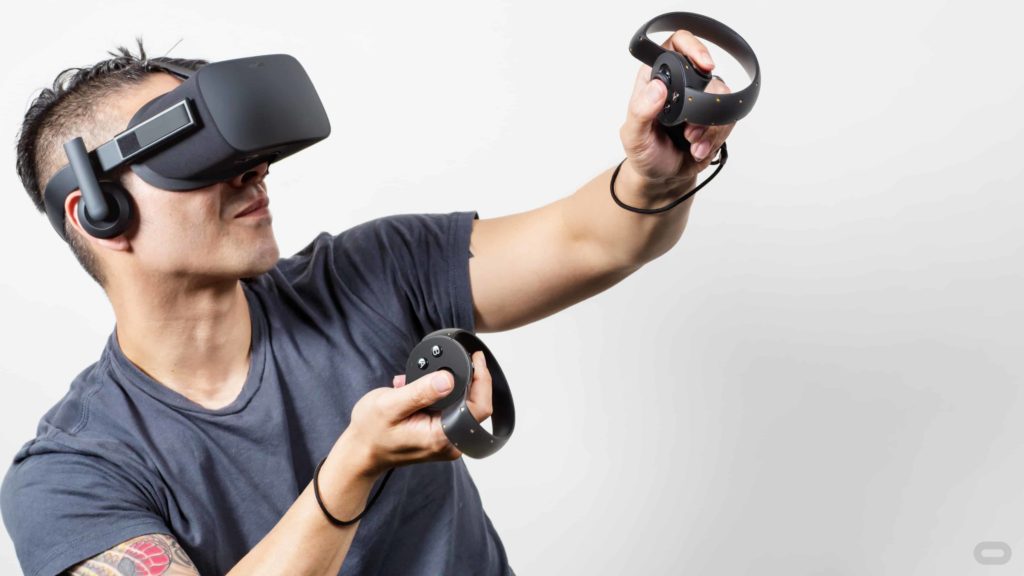
Conclusion
The Internet of Things world iterates improves and keeps building. Its networks grow over time and today IoT amalgamates hardware and software to the internet to make the world even smarter. It has been growing at a significant pace, offering numerous opportunities for government and businesses.
Surprisingly, the number of opening job positions for IoT professionals is at an all-time high. No doubt, today is the best time to begin exploring the true potential of this technology. IoT future is right here and right now!





